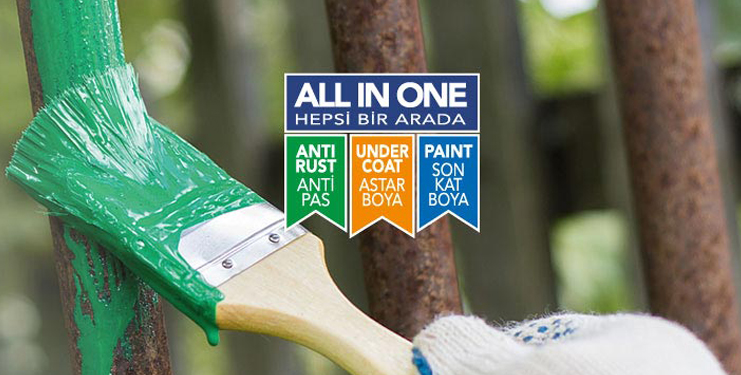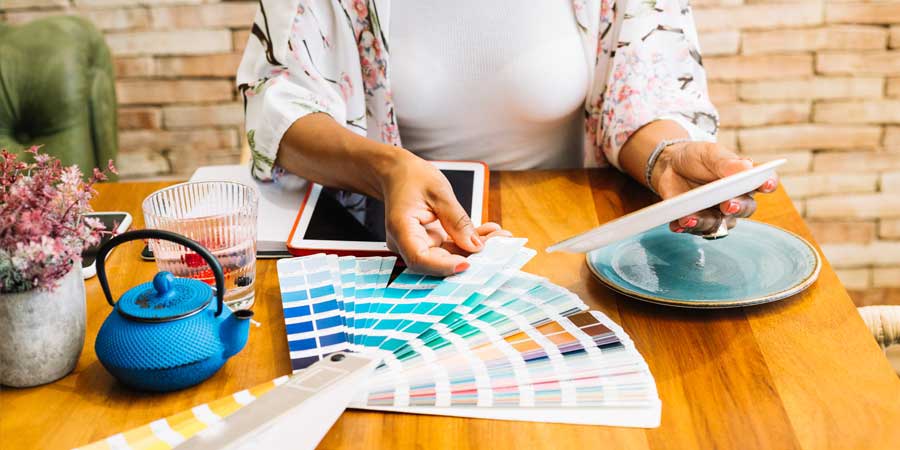
Wall Paint Color Combinations
For a visually impressive decoration, the harmony between colors is extremely important. In the past, wall paint color combinations were not given as much importance as they are today. Today, thanks to the unique harmony they create, color combinations have become indispensable in wall painting. The compatibility of colors often influences our aesthetic perception subconsciously. From the clothes we wear to the items we purchase, we pay attention to color harmony in every area of life.
In wall paint color combinations, harmony is seen as the main criterion. In general, the compatibility of colors is a personal matter. It is not possible to speak of a scientific claim in this regard. However, based on commonly accepted aesthetic principles, one can make predictions about which colors go well together.
Try Small Experiments
If the space is relatively dark, more vibrant and bright color combinations should be preferred. This way, the new colors in your room can significantly enhance the light. Airy rooms, on the other hand, should avoid dominant and dark shades. You can buy small paint samples and use primer paper to experiment. Doing these tests under different lighting conditions will give you much more effective results. In this way, you can test how color groups harmonize under both natural and artificial light.
Which Color Matches Best With Which?
The star of wall paint color combinations is white. White can be combined with almost any color. You can soften a fully white-painted wall by using off-white in some areas. If you choose red as your wall paint, having very colorful white goods in the room may create a suffocating atmosphere. Green, which evokes a sense of nature, has a special harmony with ivory. To evoke a coastal feeling, especially in summer houses, blue can be combined with white. Combining orange with pastel tones or light shades of blue can bring the energy you're looking for.







